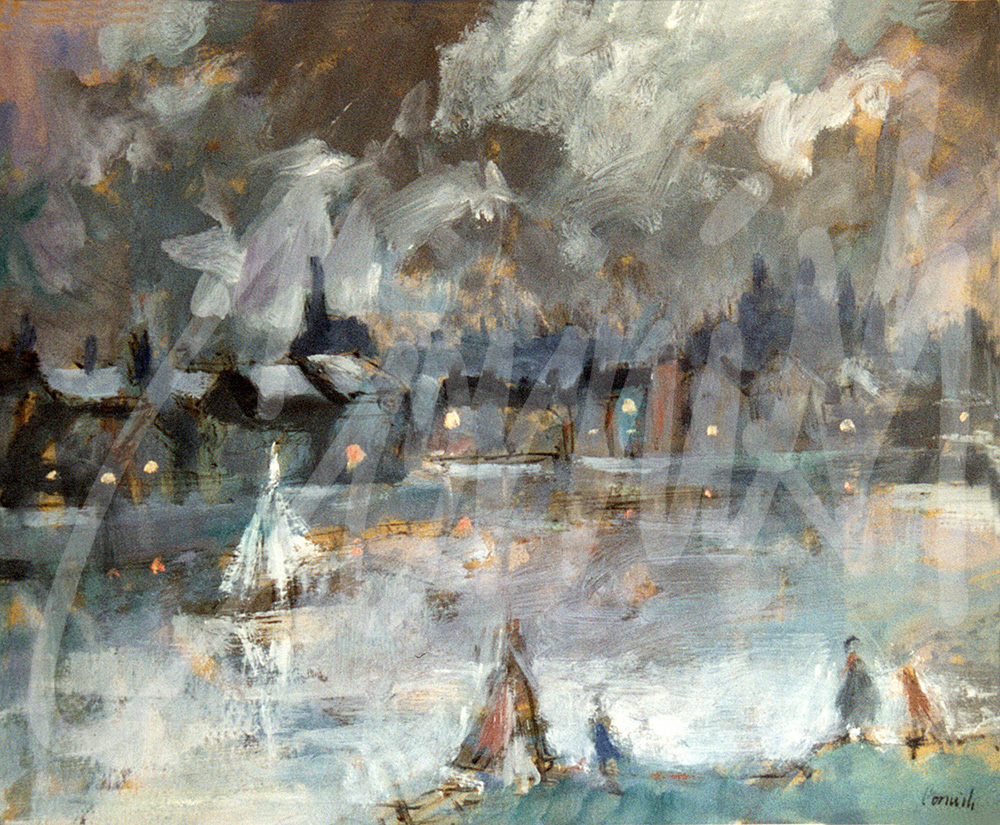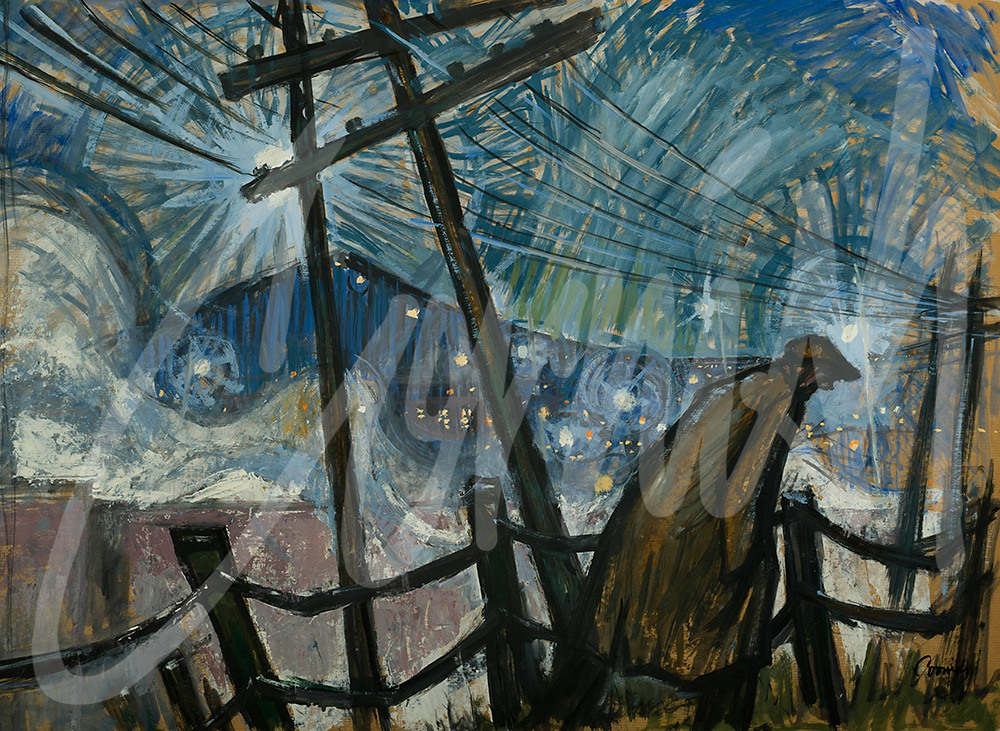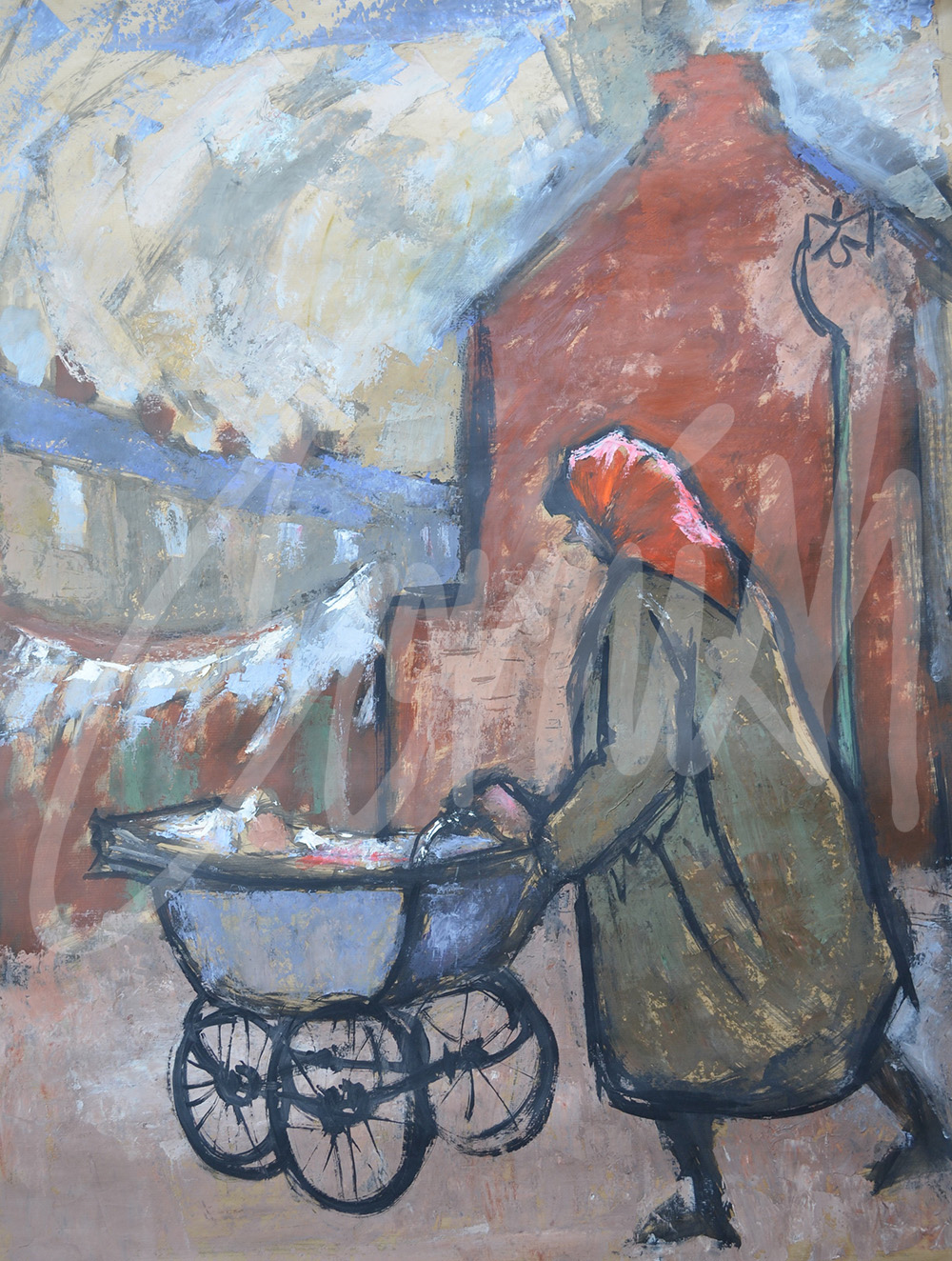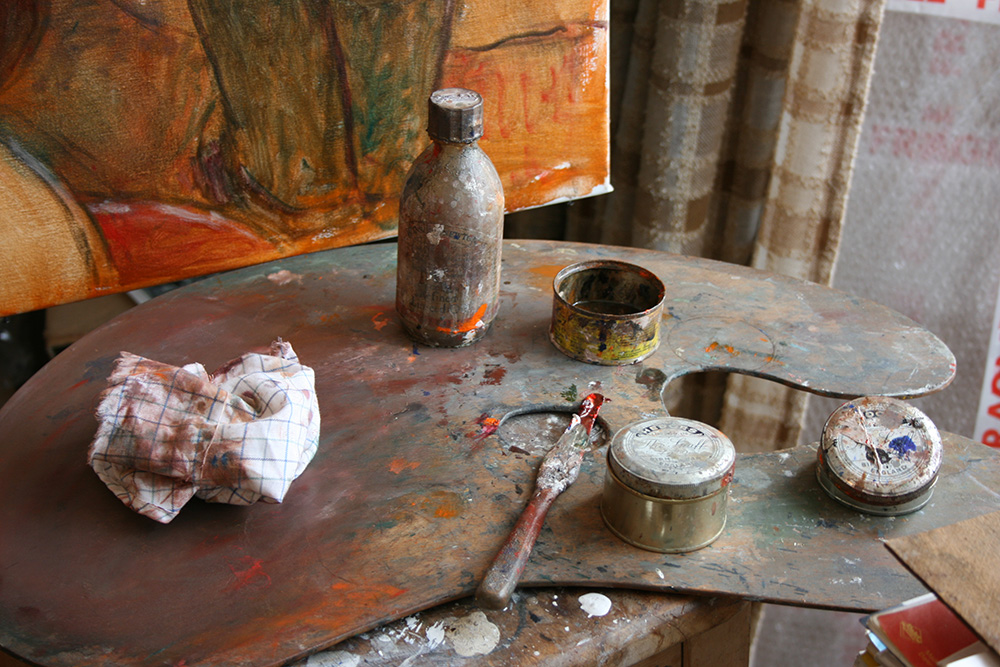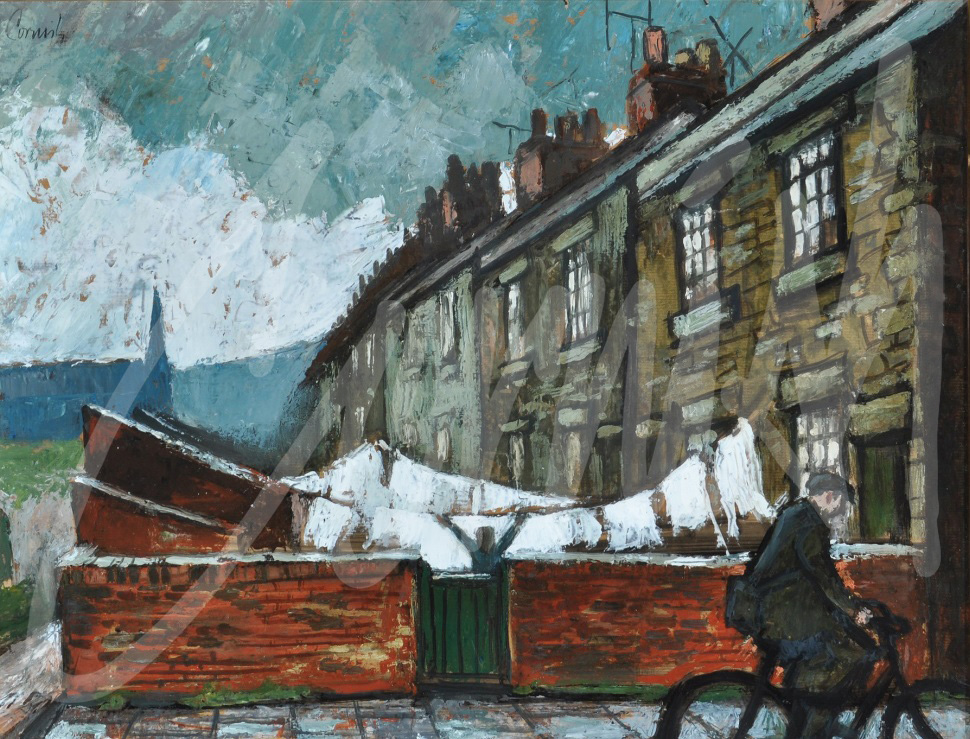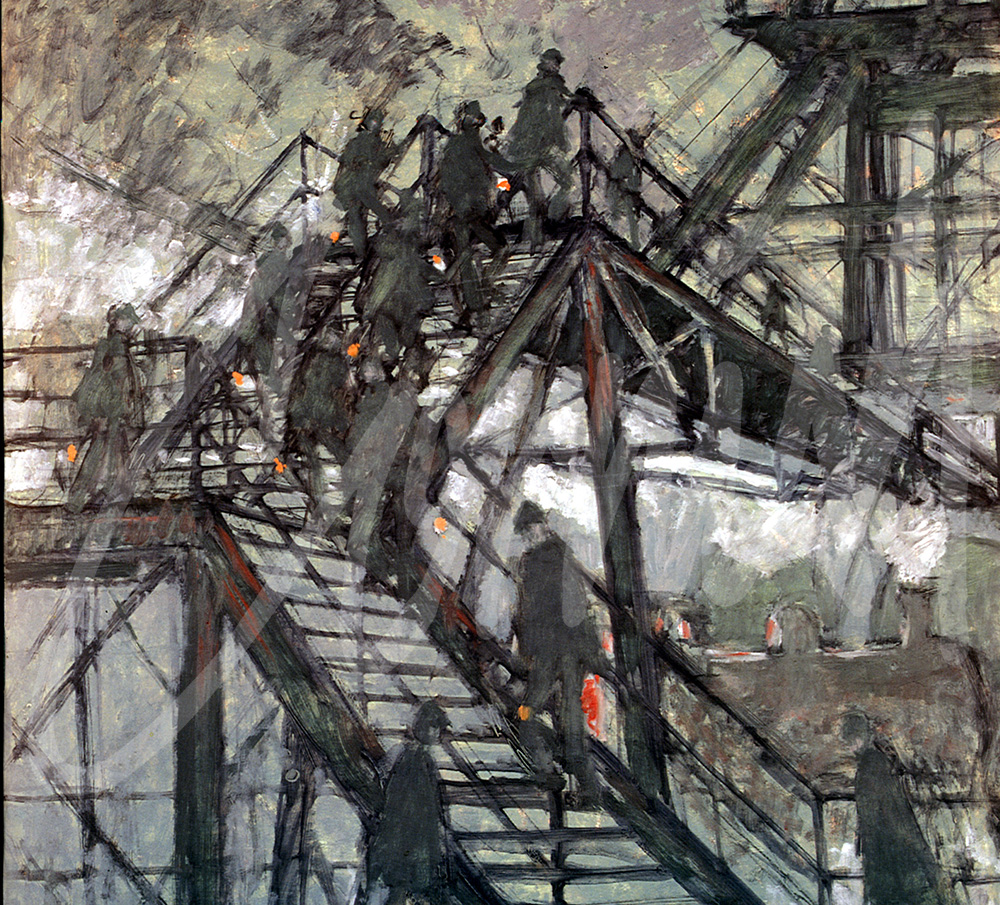
Latest News

Painting in Oils
Cornish’s early work included pencil drawings and watercolours as he gained invaluable experience en plein air with the members of The Spennymoor Settlement Sketching Club. This approach enabled the artists to work outdoors and remove any visual limitations experienced working indoors.
The cost of materials to broaden the experience of the members of the Sketching Club was often prohibitive. However, as their reputations grew across the region via the annual exhibitions, an enthusiastic admirer of Cornish’s work donated 10 Guineas to Bill Farrell, Warden of The Settlement, to purchase oil paints for the benefit of the members of Sketching Club. The benefactor was Mrs. H.C. Baker- Baker, of Elemore Hall, County Durham: ‘a charming, gentle, cultured woman and a good friend of the Spennymoor Settlement.’
Suddenly, a new dimension to Cornish’s early work was enabled via this philanthropic gesture and Cornish was quick to respond with his first oil painting, a study of ‘My Sister Ella.’ This was painted over several days in his parent’s bedroom and exhibited in 1940: ‘Works of Artists of the Northern Counties annual exhibition’ in the Laing Art Gallery, Newcastle, often referred to as the ‘Royal Academy of the North.’
Painting in oils was a huge step forward for the young Cornish and an approach which required a new technique as well as additional materials such as canvas, stretchers, brushes, oil paints in tubes, palette knives, primer (first coat of paint on the canvas),and turps for cleaning. Together these materials emitted an unpleasant odour and a supportive wife was essential!
A regional newspaper article in 1960 referred to Sarah Cornish as an understanding woman who is dedicated to her home, husband and family. Sarah Cornish is essentially patient and sympathetic, otherwise she would not tolerate the paint splashed wallpaper, the brushes, canvasses and sketches amongst cosmetics on her dressing table.
The acquisition of the materials to work in oils and the opportunity to develop this aspect of his work began to exert a profound influence upon his development as an artist. A whole new dimension to his subjects and their visual interpretation emerged as his career developed in the post war era. Examples of Cornish’s oil paintings are included in the Permanent Collections at The Laing Art Gallery, Northumbria University and in many public and private collections throughout the UK and beyond.
